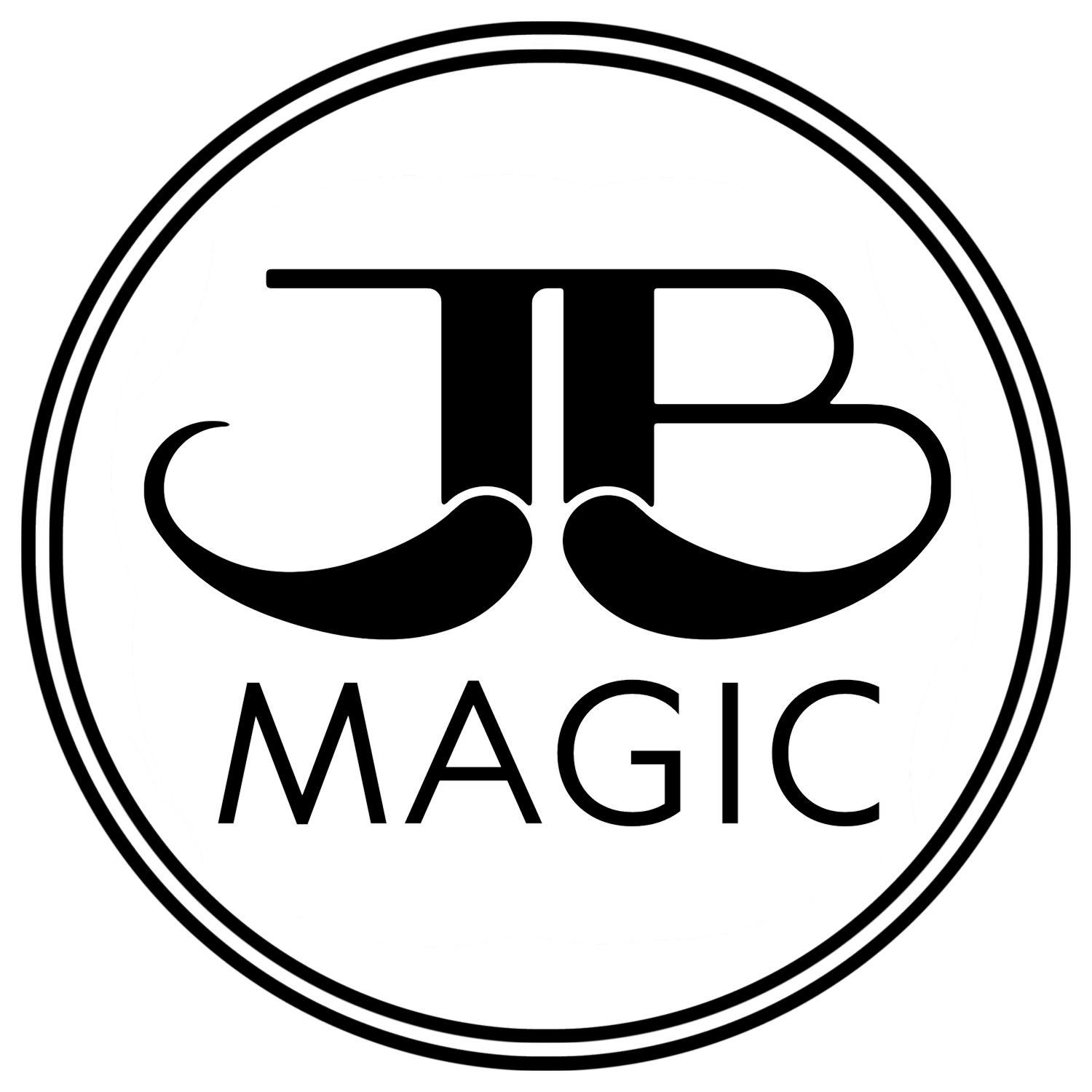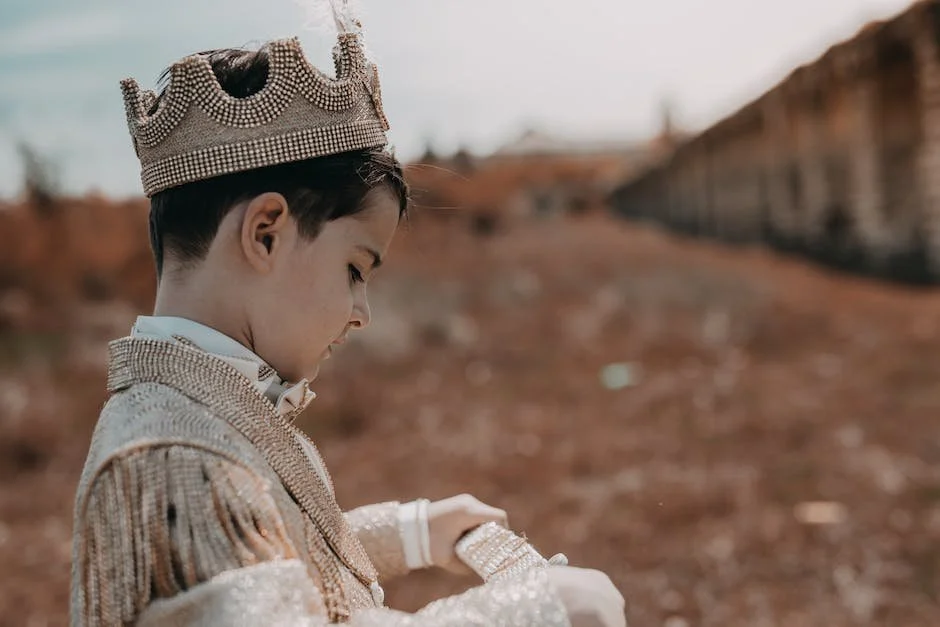Magic in Education: Teaching Science and Math Through Illusions
Magic has an undeniable allure that captures the imagination and curiosity of people of all ages. This captivating power makes magic an excellent tool for education, particularly in the fields of science and math. By incorporating illusions into the classroom, educators can engage students in a unique and entertaining way, making complex concepts more accessible and enjoyable. This article explores innovative approaches to using magic as an educational tool in schools to enhance learning in science and math.
Math Magic: Making Numbers Fun
Mathematics can be a challenging subject for many students, but magic can make learning math concepts more enjoyable and less intimidating. Here are some ways magic tricks can be used to teach math:
Probability and Statistics: Card tricks that involve predicting outcomes or arranging cards in specific sequences can illustrate concepts of probability, permutations, and combinations. These tricks can make abstract statistical concepts more concrete and relatable.
Geometry and Spatial Reasoning: Tricks that involve geometric shapes, such as cutting a piece of paper into an impossible shape or creating illusions with patterns, can help students grasp the principles of geometry and spatial reasoning.
Algebra and Arithmetic: Number tricks that involve quick mental calculations or manipulating equations can be used to teach algebraic concepts and arithmetic operations. These tricks can demonstrate the practical applications of algebra and arithmetic in a fun and engaging way.
Implementing Magic in the Classroom
To effectively incorporate magic into the classroom, educators should follow these steps:
Select Appropriate Tricks: Choose magic tricks that align with the specific scientific or mathematical concepts being taught. Ensure that the tricks are age-appropriate and safe for classroom use.
Explain the Science or Math Behind the Magic: After performing the trick, explain the underlying principles that make the trick work. This helps students connect the magic to the lesson and reinforces their understanding of the concept.
Encourage Student Participation: Involve students in performing the tricks or experimenting with their variations. This hands-on approach helps to reinforce learning and makes the experience more interactive.
Use Magic as a Supplement: Integrate magic into the broader curriculum as a supplement to traditional teaching methods. Magic should enhance the learning experience, not replace standard educational practices.
Conclusion
Using magic as an educational tool offers a novel and effective way to engage students in learning science and math. By making complex concepts more accessible and enjoyable, magic can inspire a love of learning and a deeper understanding of these important subjects. As educators continue to explore innovative teaching methods, the incorporation of magic into the classroom holds great promise for enhancing student engagement and achievement.
The Intersection of Magic and Education
Magic and education intersect in intriguing ways, particularly when it comes to teaching scientific and mathematical principles. Magic tricks often rely on underlying principles from these fields, making them perfect for demonstrating abstract concepts in a tangible and memorable manner. The element of surprise and wonder inherent in magic also helps to capture students' attention and maintain their interest in the subject matter.
Engaging Students with Magical Science
Magic can be used to illustrate a variety of scientific concepts, from physics to chemistry and beyond. Here are a few examples of how magic tricks can be integrated into science lessons:
Physics of Motion: Tricks involving levitation or objects moving seemingly on their own can be used to teach principles of motion, force, and gravity. For example, a floating ball trick can demonstrate concepts of air pressure and lift.
Chemical Reactions: Simple chemical magic tricks, such as changing the color of a liquid or creating a sudden burst of foam, can make lessons on chemical reactions more engaging. These demonstrations can be tied to lessons on reaction rates, catalysts, and the properties of different substances.
Optics and Light: Tricks involving light and optics, such as creating illusions with mirrors or demonstrating refraction and reflection, can help students understand how light behaves and interacts with different materials.
Have an upcoming event?
Want to ensure your event is unforgettable? Look no further than magician Jeff Black.
Book now to guarantee a specially tailored experience that will leave your guests in awe.
Check out my Party Slate Profile.




